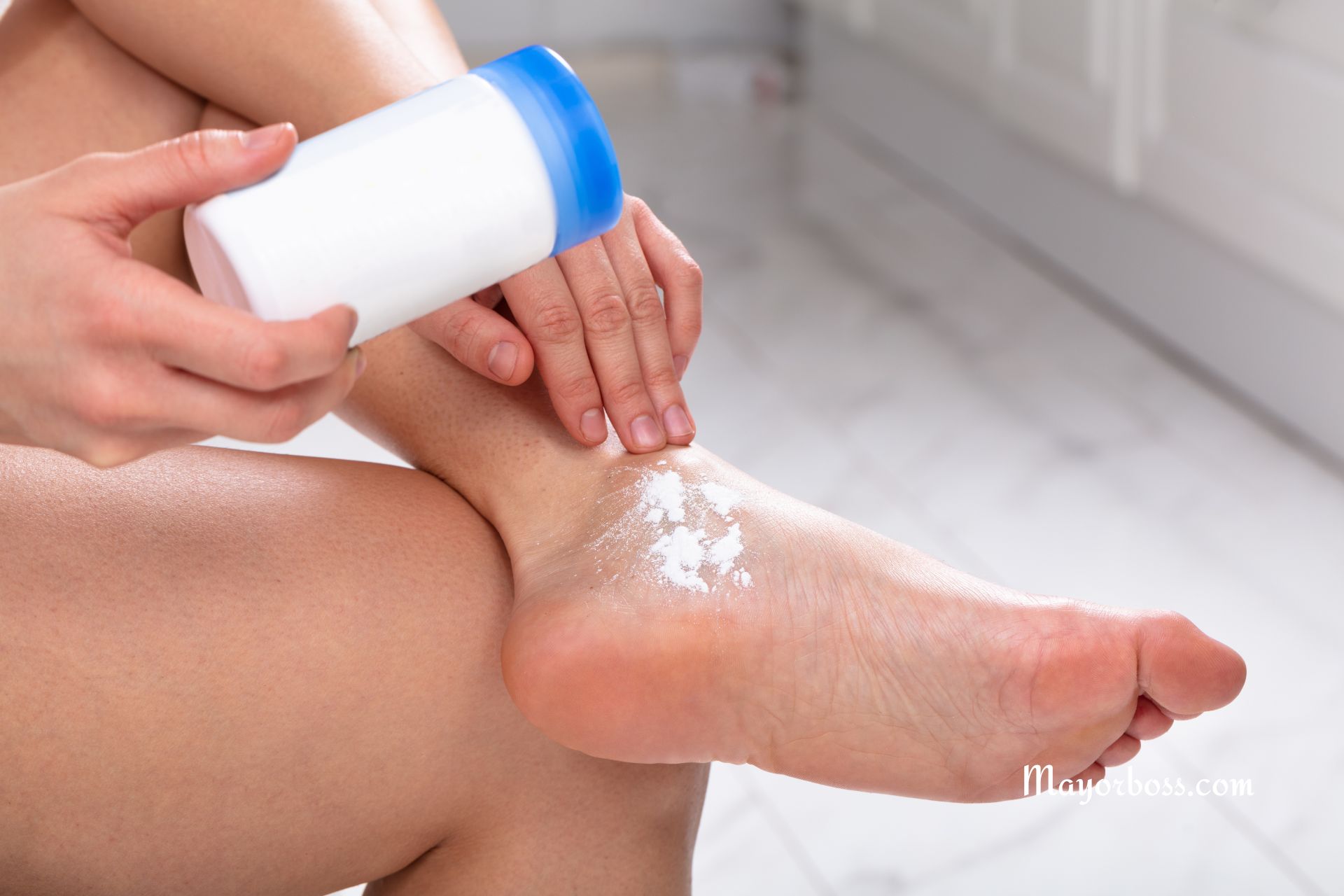Pitted Keratolysis: What Causes Small Holes in the Skin?
Pitted keratolysis is a skin disorder that appears as small holes or pits in the skin, especially on the soles of the feet and, sometimes, the palms of your hands. It is caused by a bacterial infection, which breaks down the top layer of the skin. Common triggers for this condition are excessive sweating and wearing tight or damp shoes. While it might look concerning, pitted keratolysis is often treated easily with proper hygiene and medical creams.
What is Pitted Keratolysis?
Pitted keratolysis is a condition that affects the skin. It happens when certain bacteria eat away at the top layer of the skin, causing small pits or holes. Most often, you’ll find these tiny holes on the soles of your feet or palms of your hands. It’s more common in people who have sweaty feet or wear tight, non-breathable shoes. They may look a little strange, but they’re generally not serious.

How Does it Look?
When you have pitted keratolysis, your skin may look like it has small, shallow holes or craters. These pits might even look like the surface of a sponge. In some cases, you may notice a bad smell, which is a result of the bacteria.
What Are the Symptoms?
You can tell if you have pitted keratolysis if you notice:
- Small pits or depressions on the skin’s surface
- Areas of the skin that appear white and soggy
- An unpleasant smell coming from the affected areas
- Pain or itching
What Causes Pitted Keratolysis?
Bacteria
Certain bacteria, such as Dermatophilus congolensis, Kytococcus sedentarius, Actinomyces, Streptomyces, or Corynebacterium, love damp and warm places. When these bacteria find a nice spot to grow, like sweaty feet trapped in tight shoes, they begin to break down the skin’s top layer, forming pits.
Sweaty Environments
According to Cleveland Clinic medical professionals, pitted keratolysis often occurs in people who sweat a lot on their feet. If you wear tight shoes and socks that don’t allow your feet to breathe, the moisture gets trapped. This creates a perfect place for bacteria to grow.
Occupation and Lifestyle
People who stand a lot during the day or are physically active might sweat more and thus are more likely to have this condition. Military personnel, athletes, miners, fishermen, industrial workers, and others who wear tight, unventilated footwear are often affected.
How Can You Treat It?
Don’t worry. Treating pitted keratolysis is usually quite simple. Here’s how you can do it:
Maintain Good Foot Hygiene
Keeping your feet clean and dry is an essential part of treating Pitted Keratolysis. You should:
- Wash your feet daily with gentle soap and water
- Dry your feet thoroughly, especially between the toes
- Change socks frequently, preferably wearing socks made of natural fibers that absorb sweat
- Avoid wearing tight or closed shoes that cause your feet to sweat
Use Topical Treatments
Applying certain creams or ointments can be beneficial. This includes:
- Antibacterial Creams: Applying over-the-counter antibacterial creams like erythromycin, clindamycin, or mupirocin cream may treat pitted keratolysis.
- Benzoyl peroxide cream: This is another effective cream to treat pitted keratolysis. This over-the-counter cream can be applied to the affected area to kill the bacteria and promote healing.
- Antifungal Creams: Even though it’s not a fungal infection, some antifungal creams have ingredients that can help with Pitted Keratolysis.
Consider Oral Antibiotics
In more severe cases, a healthcare provider may prescribe oral antibiotics to fight the bacteria. Taking the full course of prescribed antibiotics is crucial for the treatment to be effective.
How Can You Prevent Pitted Keratolysis from Coming Back?
Prevention is key when it comes to Pitted Keratolysis. Some helpful measures include:
Footwear Choices
Choosing the right shoes can make a big difference. You should:
- Wear well-ventilated shoes that allow your feet to breathe
- Avoid wearing the same shoes every day; rotate them to allow them to dry out
Lifestyle Changes
Making some small changes to your daily routine can also help:
- Use foot powder to keep feet dry
- Take off your shoes when possible to let your feet breathe
Use Antiperspirant
If sweating is a problem, using antiperspirant on your feet can help keep them dry.






